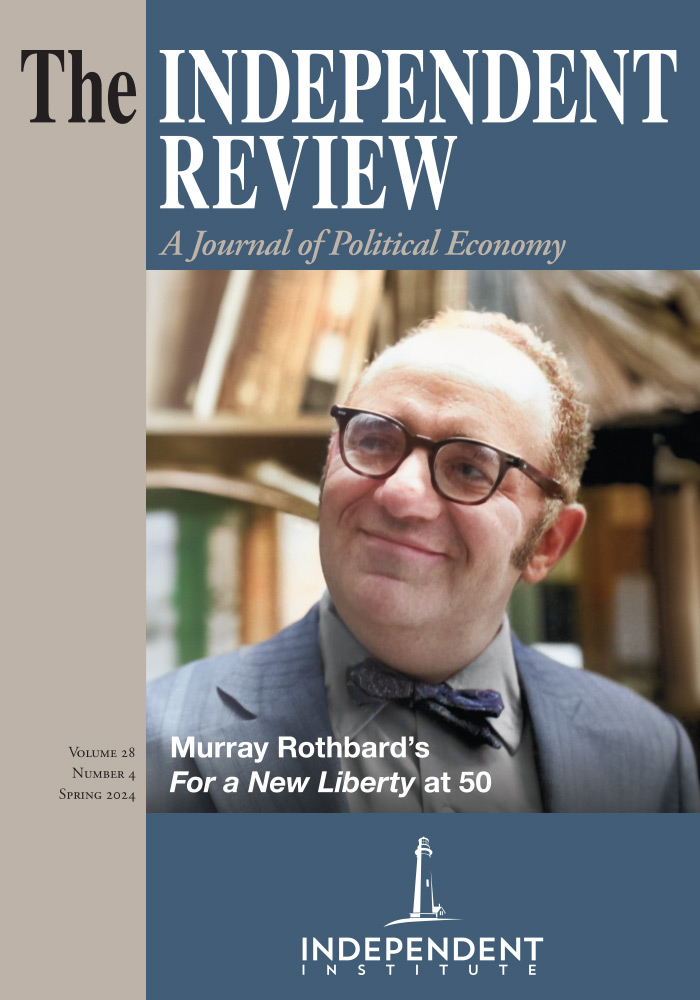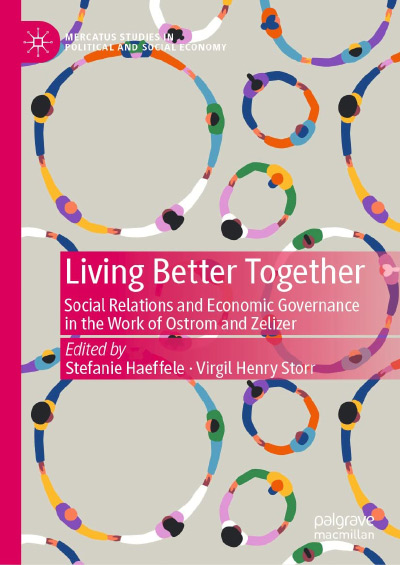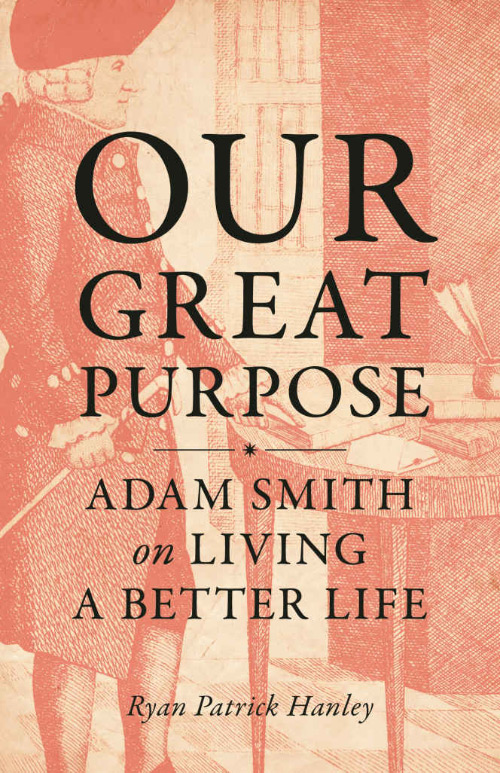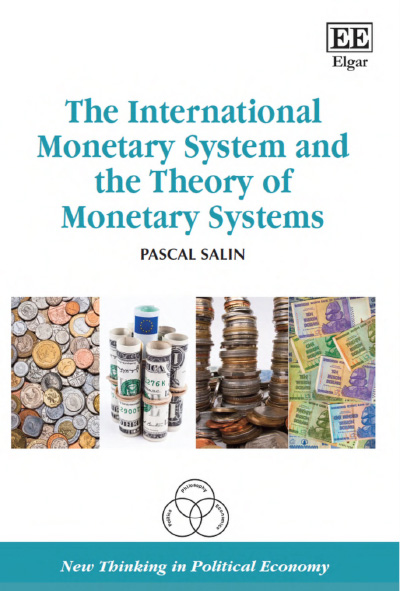Who is the greatest economist of all time? While there can be no definitive answer, Tyler Cowen’s exploration of this question is a compelling invitation to the history of economics.
I still consider myself a newcomer to the history of economics. My formal introduction came in graduate school when David Levy (now a major figure in the field, then a newly minted Ph.D.) took the Amtrak from northern Virginia to Philadelphia once a week to teach the class. A year later I sat in on the same course when Arthur Bloomfield (who was in his seventies) approached the subject from a completely different angle. I read (and read about) the great economists of the past sporadically for almost four decades, then finally focused my attention on the topic a year and a half ago when I started teaching the subject. This is one reason I took up Cowen’s book—to up my game. Who and what does Cowen think is worth reading? More importantly, what can I glean from him in teaching the course next time? Would his book be suitable for classroom use?
To answer the last three questions: 1) He ranks (in reverse chronological order) Milton Friedman, John Maynard Keynes, Friedrich Hayek, John Stuart Mill, Thomas Malthus, and Adam Smith as the contenders for the greatest of all time (GOAT) crown. Another set of greats—Paul Samuelson, Kenneth Arrow, Gary Becker, Joseph Schumpeter, and Alfred Marshall—are considered as well in an illuminating chapter. (His ranking meshes well with William Davis, Bob Figgins, David Hedengren, and Daniel Klein’s article in Econ Journal Watch on economics professors’ favorite economic thinkers. The profession’s favorite pre-twentieth century economists include Smith (number one), Marshall (third), Mill (fourth), and Malthus (sixth). Their favorite twentieth-century deceased economists were Keynes, Friedman, Samuelson, Hayek, and Schumpeter. And their favorite living economists (in 2011) were Becker and Arrow (who are both now deceased.) 2) There’s a lot to be learned from Cowen’s book—both broad conceptual ideas and interesting revealing facts about these thinkers. 3) While it is immensely readable (actually, downright fun to read from my point of view), the book won’t always work that well in an undergraduate class, as it often presumes the reader already has considerable familiarity with these thinkers. I am likely to point students to GOAT but won’t assign it—nor has Cowen marketed it as designed for classrooms—although I will probably assign a few sections of it.
Back to the first question: who is the greatest economist of all time? It surely depends on your criteria. Cowen’s are these: “To qualify as ‘GOAT—the greatest economist of all time,’ I expect the following from a candidate. The economist must be original, of great historical import, serve as a creator and carrier of important ideas, have a hand in both theory and empirics, have a hand in both macro and micro, and be ‘not too wrong’ on the substance of issues. Furthermore, the person also must be a pretty good economist! That is, if you sat down with the person and discussed economic issues, you would be in some way impressed” (p. 8). This sounds very reasonable, and Cowen’s judgments make considerable sense as he implements his criteria.
Spoiler alert: Cowen doesn’t actually pick a single GOAT. Instead, he picks three who are the greatest in some ways: Friedman, Mill, and Smith. My reading—based on what he says about each, and his criteria listed above—is that Friedman is most deserving of Cowen’s crown. But he wrote the book, not me.
The book is very personal in two ways—it digs into the personalities of these economists and Cowen brings in his own personality, life experiences, and point of view. Accordingly, I will follow his lead.
Cowen shows that Milton Friedman had a huge impact on policy—inspiring reformers like Ronald Reagan, Margaret Thatcher, and those rebuilding Eastern Europe after the fall of the Iron Curtain. He helped kill the draft, pushed for floating exchange rates, was very influential among central bankers (such as Ben Bernanke), and helped resurrect “good common sense” (p. 24, perhaps the highest compliment in the book, as I see it). The biggest surprise of the chapter is that Cowen doesn’t mention Clark Warburton. Warburton pioneered empirical research on the relationship between monetary forces and economic outcomes. In the preface to A Monetary History of the United States, 1867–1960 (1963, Princeton: Princeton University Press, p. xiii), Friedman and Anna Schwartz acknowledged that “[w]e owe an especially heavy debt to Clark Warburton. His detailed and valuable comments on several drafts have importantly affected the final version. In addition, time and again, as we came to some conclusion that seemed to us novel and original we found that he had been there before.” George Tavlas (2023, The Monetarists: The Making of the Chicago Monetary Tradition, 1927–1960, Chicago: University of Chicago Press) makes the compelling case that Warburton was crucial in changing Friedman’s mind on these issues, bringing him to the conclusions for which he is famous—that changes in the money supply were behind most historical booms and busts, most importantly the Great Depression. Tavlas (p. 386, 388, emphasis in the original) puts it this way: “Warburton likely exerted a direct—and, possibly, a profound—impact on Friedman’s monetary views at the time during which those views were undergoing a marked change,” convincing him that “the monetary system was not, as Friedman had argued, ‘inherently unstable.’ It was rendered unstable during the Depression by the passive behavior of Fed officials.”
Friedman was a pathbreaking theorist and empiricist, but Cowen complains that he “lacked depth of spirit” (p. 44), which strikes me as a truly odd thing to say. This is tied to Friedman’s unwillingness to let you get inside his head and his emotions in his joint autobiography, Two Lucky People. The most interesting fact I learned is that Friedman most likely had congenital “amusia”—the inborn inability to enjoy music. My love of music—especially singing hymns—is one of the things that cured me of my own atheism. What a sad fate to suffer from amusia. (Would Friedman have been an agnostic if he loved music?)
As the concerns and methods of the twentieth century fade away, it may be natural that Milton Friedman’s status in the economics profession begins to ebb. However, Friedman left a gigantic electronic footprint—for example all the episodes of Free to Choose, his PBS series, are available on YouTube. The first episode has about a quarter of a million views. Friedman has an inviting voice, a compelling delivery, and a fairly photogenic presence, so he’s less likely to fade from the public memory. Many of my students are in awe of him.
Cowen reads the John Maynard Keynes of The General Theory “as writing about an economy where uncertainty was much higher than usual, investment was highly unstable, fiscal policy was unable to fill in the gap, there was a risk or even reality of a downward spiral of prices and wages, monetary and exchange rate policies were out of whack, multipliers operate, the quest for savings could lower incomes overall, and the influence of liquidity factors on money demand and interest rates was especially high. All at once” (p. 72, emphasis in the original). In other words, Cowen drives home the point that this “general theory” isn’t actually general, it’s about very special, very unusual circumstances.
He considers Lord Keynes the GOAT contender whom he would most “want to hang around with” (p. 54). I had exactly the opposite reaction. The Keynes he portrays is virtually an egotistical monster. One who, for example, “kept an extended spreadsheet of his lovers and sexual encounters ... each one rated by number” (p. 58). Anyone who treats other human beings this way—let alone writing it down—isn’t the kind of person I want to hang around with.
It is, perhaps, no surprise that, as Cowen documents, eugenics “stood at the heart of [Keynes’s] progressivism” (p. 89). Cowen argues that failings like these should not reduce one’s consideration of Keynes as a great economist, “any more than the Kobe Bryant rape trial ... would induce me to lower his rating as a basketball player” (p. 92). This is a hard argument to sustain. Although athletes are rated almost entirely by their on-field performance (aside from Ty Cobb?), the same logic doesn’t carry over well to thinkers. To understand their ideas, you have to know how they lived them out. Knowing these things about Keynes, helps us understand the true meaning of his rhetoric, including a faith that government can work wonders if we just put the right people in charge—people like Keynes and his friends. Have you ever noticed that the right people are virtually never in charge? Keynes comes across as someone who thinks it’s okay for people like him to run other people’s lives, to use them as pawns—and that’s what seems embedded in his policy ideas.
The chapter on the “also rans” is one of my favorites, although it presumes the most knowledge on the part of the reader. Cowen argues that despite his genius and innumerable contributions to the field, Paul Samuelson simply didn’t understand economics very well. He diminishes Samuelson for being “small minded,” based partly on his tastes for familiarity and continuity. Much of this draws on “Me and Paul” by Janice Murray (2020, History of Political Economy 52 [5]: 813–26), who was Samuelson’s long-time assistant. Murray puts it plainly: “Paul did not like change” (p. 817). Samuelson was a stick in the mud, who didn’t even use email! But the portrait of Samuelson is describing him as a fairly elderly man—from age 75 into his nineties, so these charges seem rather unfair.
Cowen argues that the “second most important paper was Samuelson’s “‘An Exact Consumption Loan Model of Interest, With or Without the Contrivance of Money’ ... Samuelson put his brilliant mind to thinking about a new way of modeling economic interactions across the generations and indeed across time. All at once, Samuelson gave economists a new way of thinking about Social Security, a new way of modeling money (as a “hot potato” in an overlapping-generations game), a new way of thinking about the relationship between an economy’s interest rate and growth rate, and a new way of thinking about the import of population growth rates and also their relationship with interest rates. Whew!” (pp. 153–54). Whew, indeed!
In a Newsweek column from 1967, Samuelson wrote:
The beauty about social insurance is that it is actuarially unsound. Everyone who reaches retirement age is given benefit privileges that far exceed anything he has paid in.... How is this possible? It stems from the fact that the national product is growing at compound interest and can be expected to do so for as far ahead as the eye cannot see. Always there are more youths than old folks in a growing population. More important, with real income growing at some 3 percent per year, the taxable base upon which benefits rest in any period are [sic] much greater than the taxes paid historically by the generation now retired.... Social security is squarely based on what has been called the eighth wonder of the word—compound interest. A growing nation is the greatest Ponzi game ever contrived. And that is a fact, not a paradox” (1973, The Samuelson Sampler, Glen Ridge, N.J.: Thomas Horton and Co.: 147–48).
This disconnect—brilliantly developing the overlapping-generations model yet not understanding that the actuarial unsoundness of Social Security could and would eventually be ugly—highlights Cowen’s claim that, ironically, Samuelson didn’t understand economics very well. Naively thinking that current trends will last forever, isn’t the hallmark of a goat. Alas, we face the day of reckoning as population growth rates fall and the total fertility rate collapses. All Ponzi schemes come to an end. Pity those holding the worthless IOUs.
The chapter on Hayek is interesting and informative, but (to me at least) contains no real surprises. The chapter on Smith does contain some interesting surprises—especially Cowen’s emphasis on Smith’s mercantilist streak, including a reminder that Smith as a customs collector was an enforcer of the mercantilist state and his reminder that Smith presented the “art of war” as “the noblest of all arts” (p. 291, emphasis added). The surprise is that Cowen opens his discussion of The Wealth of Nations with this emphasis rather than discussing the division of labor or the propensity to truck, barter, and exchange. Because Cowen doesn’t need to be text-bookish, he casts a wider net than most discussions of Smith, which adds real value here.
Mill comes across (again, at least to me) as a bit of crank, even though Cowen’s goal seems to be to elevate his status. Instead, the economist whose status rose the most in my reading is Malthus—despite Cowen’s focus on Malthus as answering today’s most pressing question: climate change. (Cowen muses that if “environmental problems did dominate our future, Malthus might then in fact be GOAT and I would have some psychological recompense to make up for my home being flooded” (p. 284). However, his hometown of Fairfax, Virginia is about 310 feet above sea level, so if all the glaciers melted causing sea level to rise 230 feet, he wouldn’t actually be flooded out.) Rather, Malthus seems to have focused on the most pressing question of every time and place: virtue versus vice. And Cowen makes the point that modern society has defined away some of the vices from Malthus’s time. However, Cowen’s key point—one that many historians of economic thought make—is that you shouldn’t read only the first edition of Malthus’s An Essay on the Principle of Population. All in all, Cowen shows that Malthus had a range of important insights on a lot of important subjects—and contrary to his many critics, Malthus wasn’t a “meanie” (p. 267).
Whichever economist you would pick as goat, whichever economist you consider to be a hero or a meanie, GOAT is worth reading. It is no mean achievement.
| Other Independent Review articles by Robert M. Whaples | ||
| Spring 2025 | Millennials, Gen Zs, Capitalism, Socialism, and Confusion | |
| Spring 2025 | Not Stolen: The Truth about European Colonialism in the New World | |
| Spring 2025 | Green Breakdown: The Coming Renewable Energy Failure | |
| [View All (106)] | ||


















